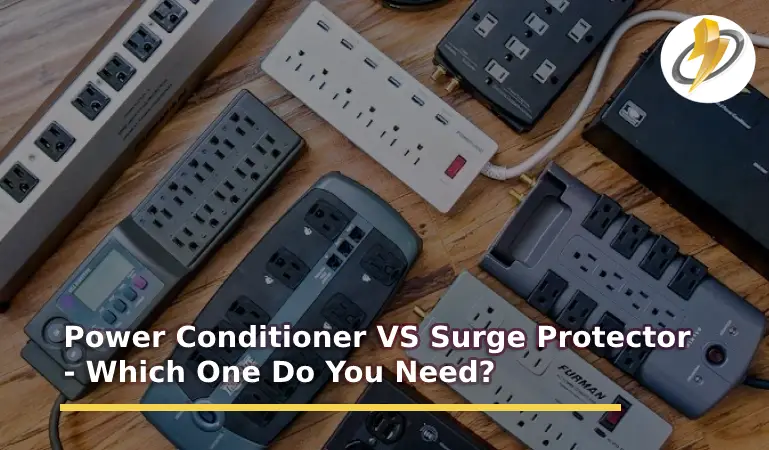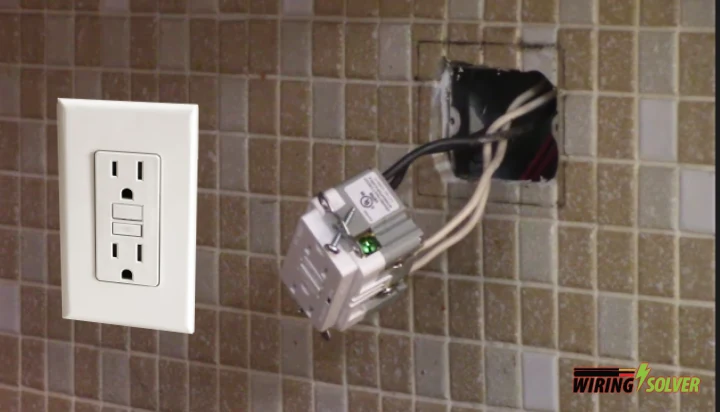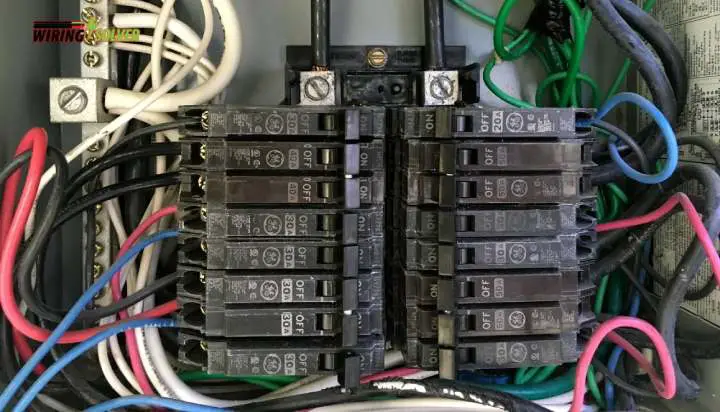GFCI can come both in the shape of a breaker or an outlet. It is common knowledge that the GFCI breakers are always placed at the beginning of a circuit. But, where should you install a GFCI outlet?
The location of GFCI at beginning or end of circuit will depend on your objective. It is better to use them at the beginning if you want to protect all of the circuits downstream. But if you wish to protect only one outlet, installing it at the end should be fine.
In this article, I will try to provide an in-depth explanation of the pros and cons of both GFCI configurations.
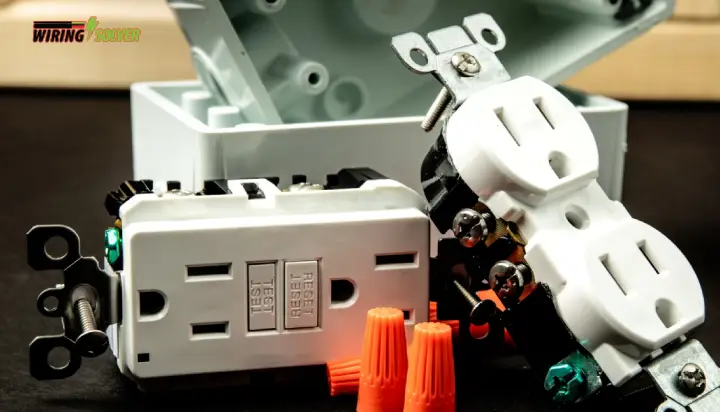
Installing a GFCI at the Beginning of a Circuit
A GFCI at the starting of a circuit can provide a couple of benefits for the circuit, as well as introduce some drawbacks. Let’s take a look at them.
Benefits of Installing a GFCI at the beginning of the Circuit
- You can safeguard all the other outlets down the line by installing a GFCI at the start of the circuit.
- If there is a ground fault, the electricity will be cut off at the first outlet. As a result, all of your outlets are safe.
- Any appliances connected to the other outlets, will not be affected by any electrical malfunction.
- A GFCI at the beginning of a circuit will act like a GFCI breaker.
- This is a cheaper alternative, than installing GFCI outlets at every socket.
These are some of the pros that a GFCI can provide your circuitry if you install it at the beginning of your circuit. However, there are a few drawbacks too.
Drawbacks of Installing a GFCI at the beginning of a Circuit
- The main disadvantage of installing GFCIs at the start is that if a ground fault occurs, all of the other outlets would lose power.
- Furthermore, if a persistent ground fault is present in your circuitry, the GFCI will continue to trip until the faulty outlet is found and repaired.
- This is a challenging task. As the faults are not clearly visible and require a thorough examination by a professional.
These are some of the key considerations which you must take into factor before deciding to install it at the beginning of your circuit.
Installing a GFCI at the End of a Circuit
A GFCI at the end of a circuit might not provide protection to all other circuits, but it does have a few benefits of its own. Does a GFCI need to be at the end of a circuit?Not always. I will list some of the pros and cons here.
Benefits of Installing a GFCI at the End of a Circuit
- A GFCI should be installed at the beginning of the circuit, but it can also be installed at the end. If equipment such as the freezer or dryer is linked to a circuit, you may need to avoid turning off the power to them.
- If the GFCI outlet you’re going to install is the circuit’s final outlet, you can go ahead and install the GFCI there.
- Where should a GFCI outlet be placed in a circuit? You must add a GFCI to the outdoor outlet if you wish to plug in Christmas lights outside. It is important to install a GFCI in the last outlet due to snow and other weather conditions.
Does this mean that a GFCI should be at the end of a circuit? Let’s take a look at some of the drawbacks of a GFCI if installed at the end of a circuit.
Drawbacks of Installing a GFCI at the End of a Circuit
- Only the last outlet will be protected if the GFCI is installed at the end of the circuit.
- The rest of the circuit will not be protected from ground faults.
- Due to the rest of the circuit not being protected, if any electrical malfunctions occur, it can easily damage your circuit and appliances.
So, can a GFCI go anywhere in the circuit? Or does GFCI at Beginning or End of circuit affect it?
In the end, it all comes down to preference. If you wish to protect most outlets, in a cost-effective way, your best bet is to install them at the beginning. But if you wish to protect one or two single outlets, you could install them at the end of your circuit.
Summary
In this article, I have gone over the details of both the positive and negative sides of a GFCI at beginning or end of circuit.
I hope this article has given you a clear understanding, of how the install location of a GFCI can affect your entire circuit and your appliances. However, if you still feel confused to take a proper decision, feel free to consult with a professional for some expert advice.

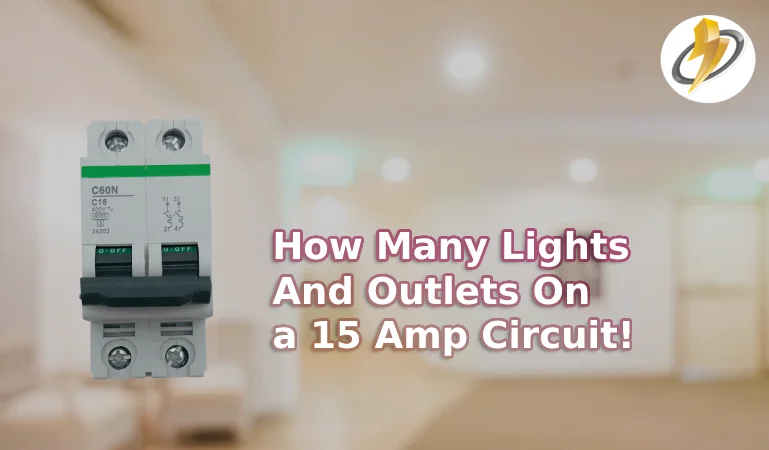
![How Does An Electric Doorbell Work? [Explained]](https://wiringsolver.com/wp-content/uploads/2022/06/How-Does-An-Electric-Doorbell-Work.jpeg)
